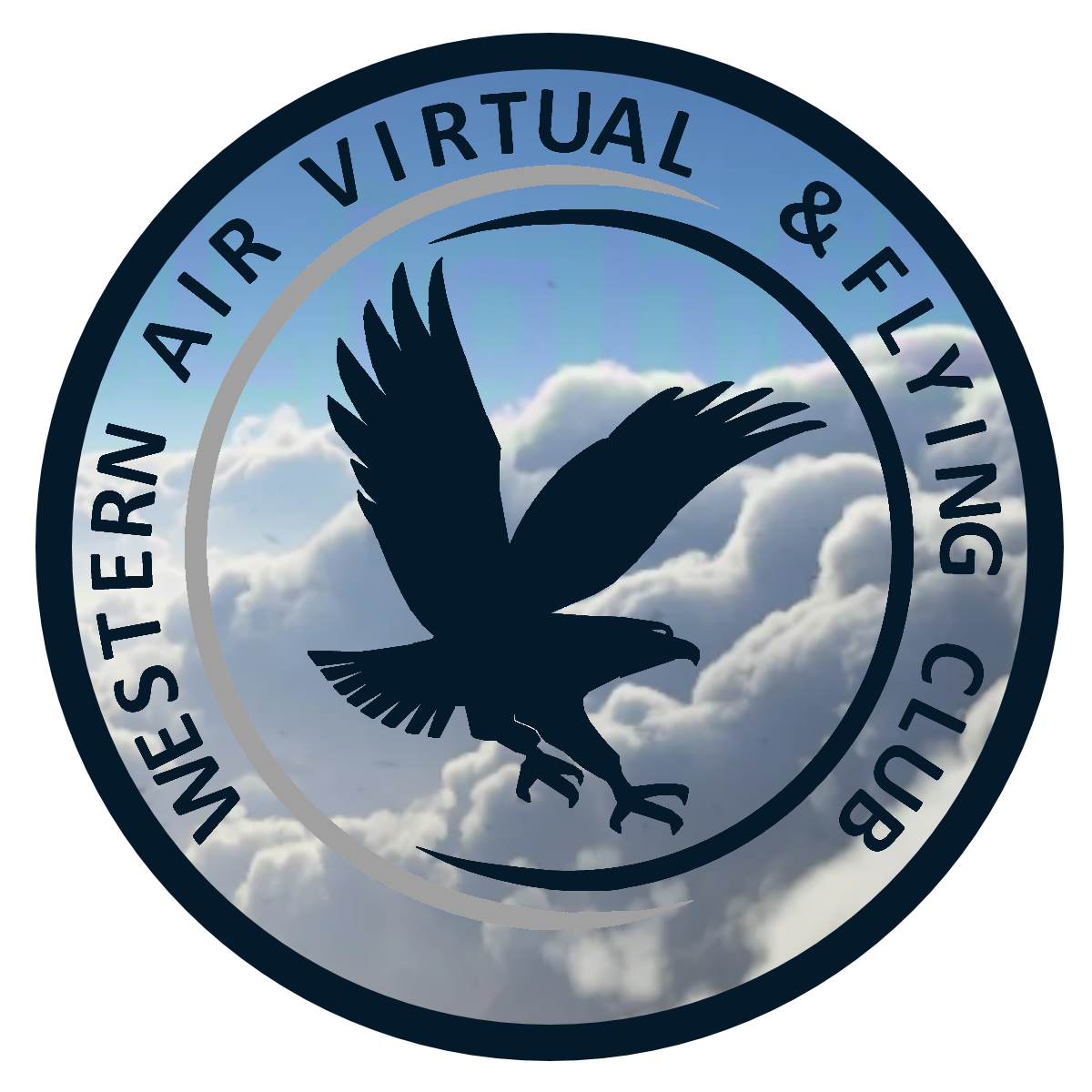Church Fenton AB Airport, Church Fenton (EGCM)
Leds East EGCM
The airfield was originally a Royal Air Force station known as RAF Church Fenton. It was declared open on 1 April 1937 and on 19 April the first station commander Wing Commander W.E. Swann assumed command. Within two months No. 71 Squadron RAF had arrived with the Gloster Gladiator.
It saw the peak of its activity during the years of the Second World War, when it served within the defence network of fighter bases of the RAF providing protection for the Leeds, Bradford, Sheffield and Humber estuary industrial regions.
After the war it at first retained its role as a fighter base, being among the first to receive modern jet aircraft, namely the Gloster Meteor[2] and the Hawker Hunter.[2] In later years, its role was mainly flight training. No. 7 Flying Training School was based here between 1962 and 1966 and again between 1979 and 1992, equipped with Hunting Aircraft Jet Provost T3 trainers.
Key Details
| Name | Leeds East |
| ICAO | EGCM |
| IATA | --- |
| FIR | EGTT |
| Latitude | 50.5004 |
| Longitude | -1.1144 |
| Elevation | 29 ft |
Additional Information
Visual Circuits
All visual circuits are conducted to the north of the airfield, unless otherwise authorised.
Circuits should be flown at a height of 1000ft QFE for fixed wing aircraft or 700ft QFE for rotary wing traffic.
Aircraft entering the visual circuit should select transponder code 7010 Mode C for ACAS purposes.
METAR
TAF
Runway Information (Airport elevation: 29ft)
| Runway | 06 | Length | 5,979ft | Width | 141ft | Elevation | 28ft | Surface | Bituminous | Heading | 55 |
| Runway | 16 | Length | 5,472ft | Width | 149ft | Elevation | 28ft | Surface | Bituminous | Heading | 156 |
| Runway | 24 | Length | 5,979ft | Width | 141ft | Elevation | 28ft | Surface | Bituminous | Heading | 235 |
| Runway | 34 | Length | 5,472ft | Width | 149ft | Elevation | 28ft | Surface | Bituminous | Heading | 336 |
 Western Air Virtual & Flying Club
Western Air Virtual & Flying Club